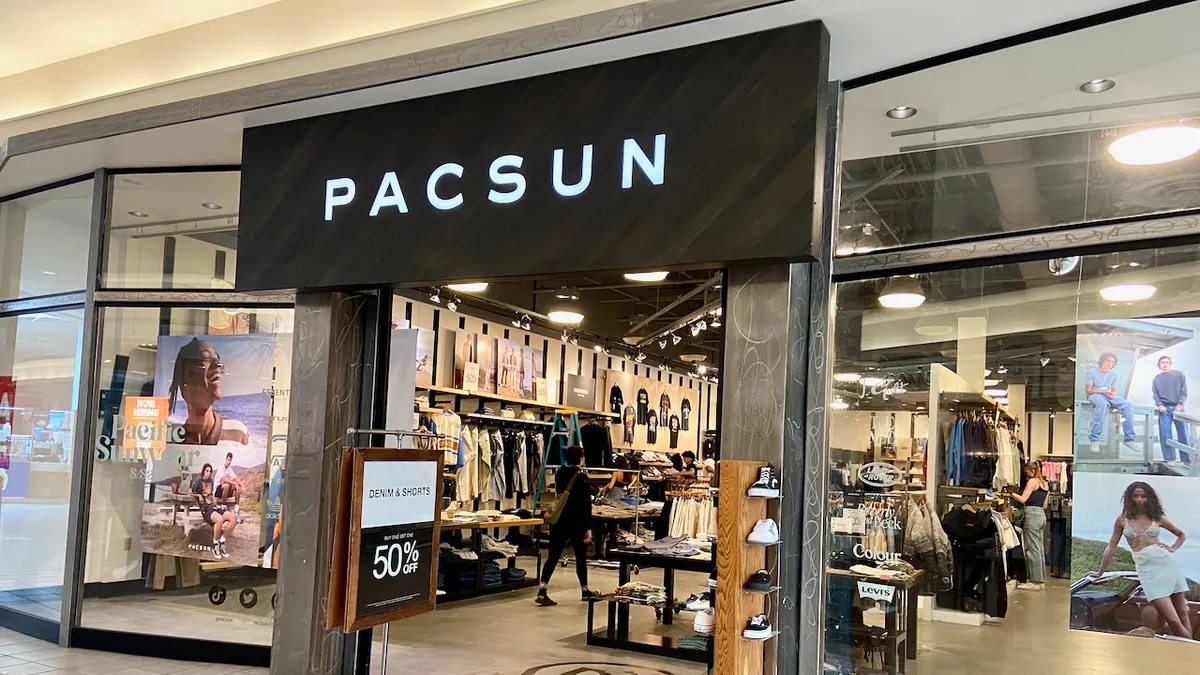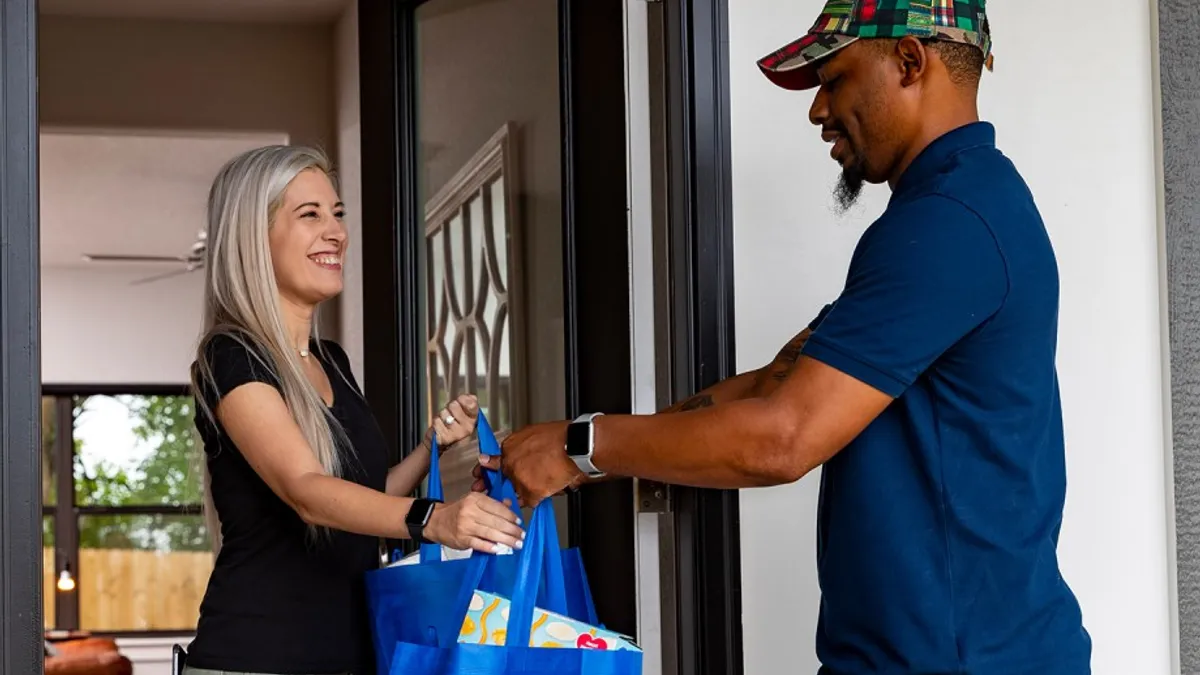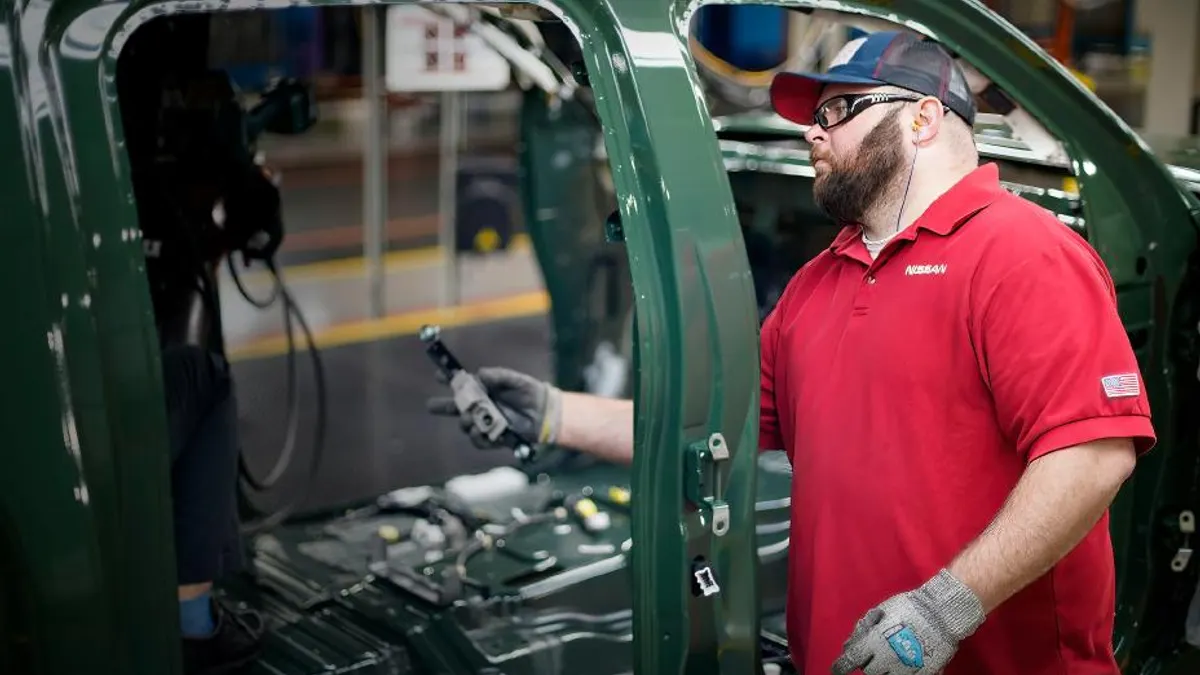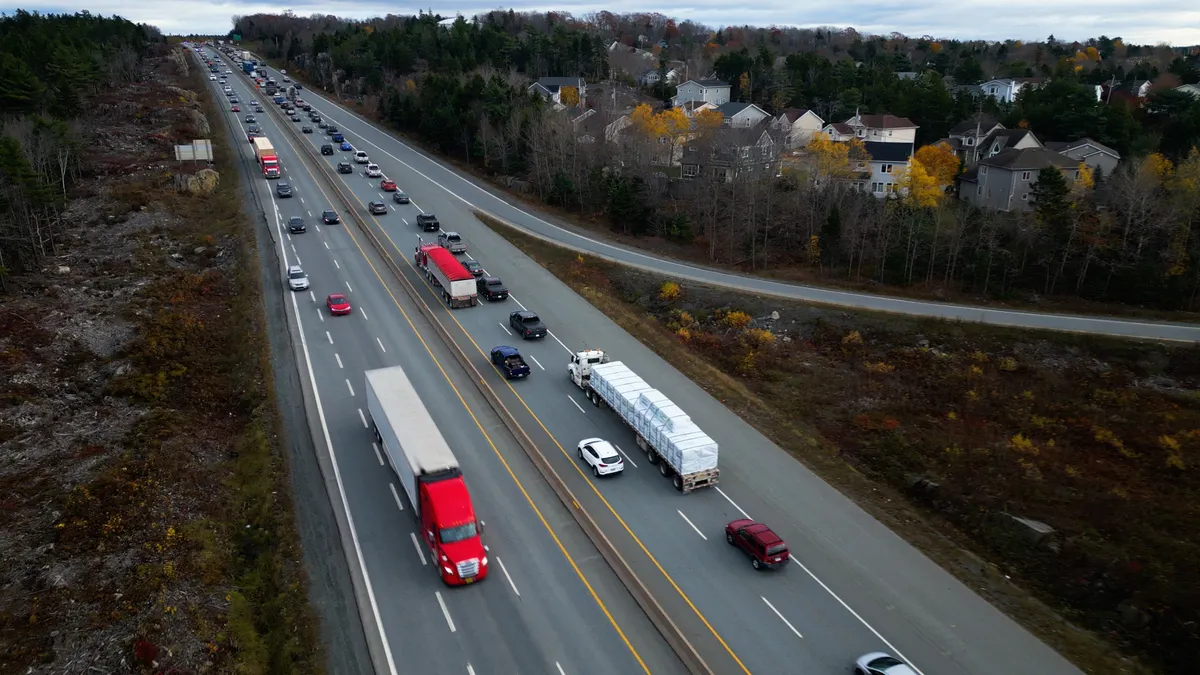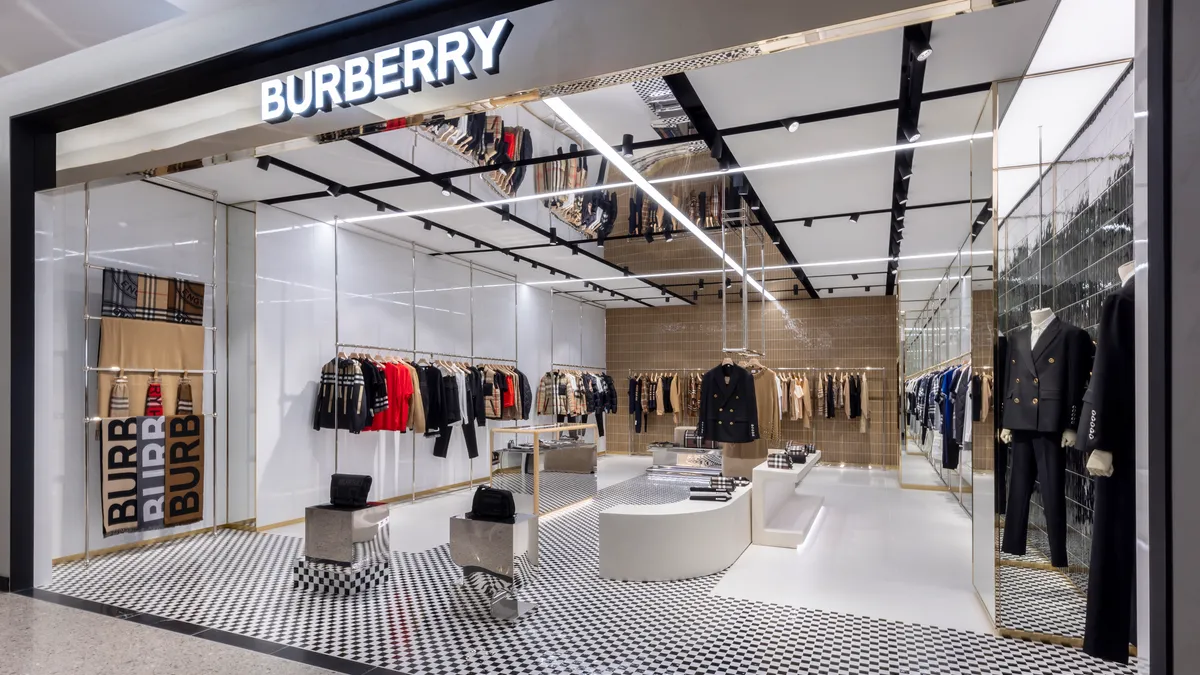She walked down the hall and nonchalantly mentioned that UPS had to redirect the shipment she was tracking from a supplier on the West Coast. A weather event in the Midwest had impacted flight schedules, and the delivery had been rerouted and reconfirmed for the next day.
This was a typical comment I’d expect any one of my shortage-tracking expeditors to tell me. Yet, in what was a surreal moment, it was actually my high school-aged daughter, tracking a book she needed for a school project. She mentioned that the order confirmation and shipping notice clearly stated an earlier delivery date. My work and home worlds had collided.
In many ways, we have become our own logistics managers. We get order acknowledgments, advanced shipping notices, shipping confirmations with click-through carrier details, delivery notifications and options for carrier pickup of returns. And it’s sort of crept up on us.
According to the Pew Research Center, in 2016 more than 80% of Americans were online shoppers — that is, shopping online for at least some of their purchases. Some more recent data has put that number at greater than 95%.
Let’s take a look at the enormity of the business to consumer shipments. Amazon reports that they shipped 5 billion Prime packages in 2017. UPS delivered 5.1 billion packages and documents globally in 2017, with a daily volume of 20 million packages and documents. The USPS delivered 5.7 billion packages. That’s a lot of corrugated boxes and a lot of tracking.
In an era of point and click shopping, with your credit card on file, the vastness of cyberspace is our impersonal shopping mall.

Rich Weissman
Supply Chain Dive
I am from the generation when making a UPS shipment was a complicated and highly manual effort. A special ink stamp, supplied from UPS, contained your account number and a large empty space to add the weight of your parcel. This information was stamped adjacent to the shipping label on the box or envelope. Once the weight was established, it was time to enter the shipment into the UPS register.
But first, the shipper needed to determine the zone, or area, where the package was being shipped. Just look to the handy UPS zone chart hung center court on any reputable shipping table and then hand write the shipment information into a UPS shipment of record book, complete with carbon paper. At the end of the day, the shipper walked the shipment register into accounts payable so the freight charges could be added to the customer invoice in the traditional “prepay and add” method. The system actually worked reasonably well for shippers.
It did not work well for customers. Buyers waiting for critical UPS shipments were often in the dark, waiting for the UPS truck to unload their bounty every morning. Tracking was next to impossible, and UPS traditionally would not trace a package unless it was at least 10 days overdue.
As the trace often took up to a week, a coast to coast shipment might take up to three weeks to determine its fate…lost, stolen or already received. We’ve all been on the shipping dock waiting for a special shipment that seemed to be holding up the entire factory, much like waiting on the wharf for the whalers to return to port.
My work and home worlds had collided.

Rich Weissman
Supply Chain Dive
Technology has certainly entered the picture, not only automating the process but providing instantaneous status updates on all shipments transported through the traditional parcel carriers, common carriers, air freight and for many postal shipments. For businesses, that information has dramatically improved the ability to status supplier shipments without the calls to a CSR looking at the same information. On the truck means on the truck these days. Relationships with carriers are stronger, more accurate and service driven. I can see what shipments hit the dock from my laptop, yet I do miss chatting with the folks on the receiving dock.
In the business to business world, up to the minute information is critical. But in the consumer world, it is potentially less so. So why are consumers becoming logistics managers, so intent on watching their packages routed through hubs and depots, watching for that anticipated "out for delivery" entry? I think there are two reasons.
First, financial control. In an era of point and click shopping, with your credit card on file, the vastness of cyberspace is our impersonal shopping mall. The web-generated sales order number, followed by the emailed order acknowledgment, gives us some relief that the company has recognized us, and the transaction is accurate and secure. We are now the owners of the products we purchased, be it toothpaste or jewelry. Peeking at the shipment information not only confirms our ownership but allows us to shepherd our purchase until it hits the front door.
Second, tracking keeps us engaged in the shopping experience and offers an alternative to the instant gratification of making a purchase at the big box store. Online buying lacks the hands-on experience of traditional shopping. Tracking allows us to virtually bring our purchases home by knowing where they are at all times, compounding the psychological experience with the financial control we also seek.
Our inner child loves the anticipation of the holiday or birthday gift. She also loves the anticipation of what comes after the UPS truck stops outside our home. Be it exciting or mundane, that final scan from the driver signifies the end of a journey, one where we’ve been an active and willing participant.






